|

On eBay Now...
Very OLD kokeshi japanese wooden doll Signed Unique Face by Kyutaro Ogura For Sale
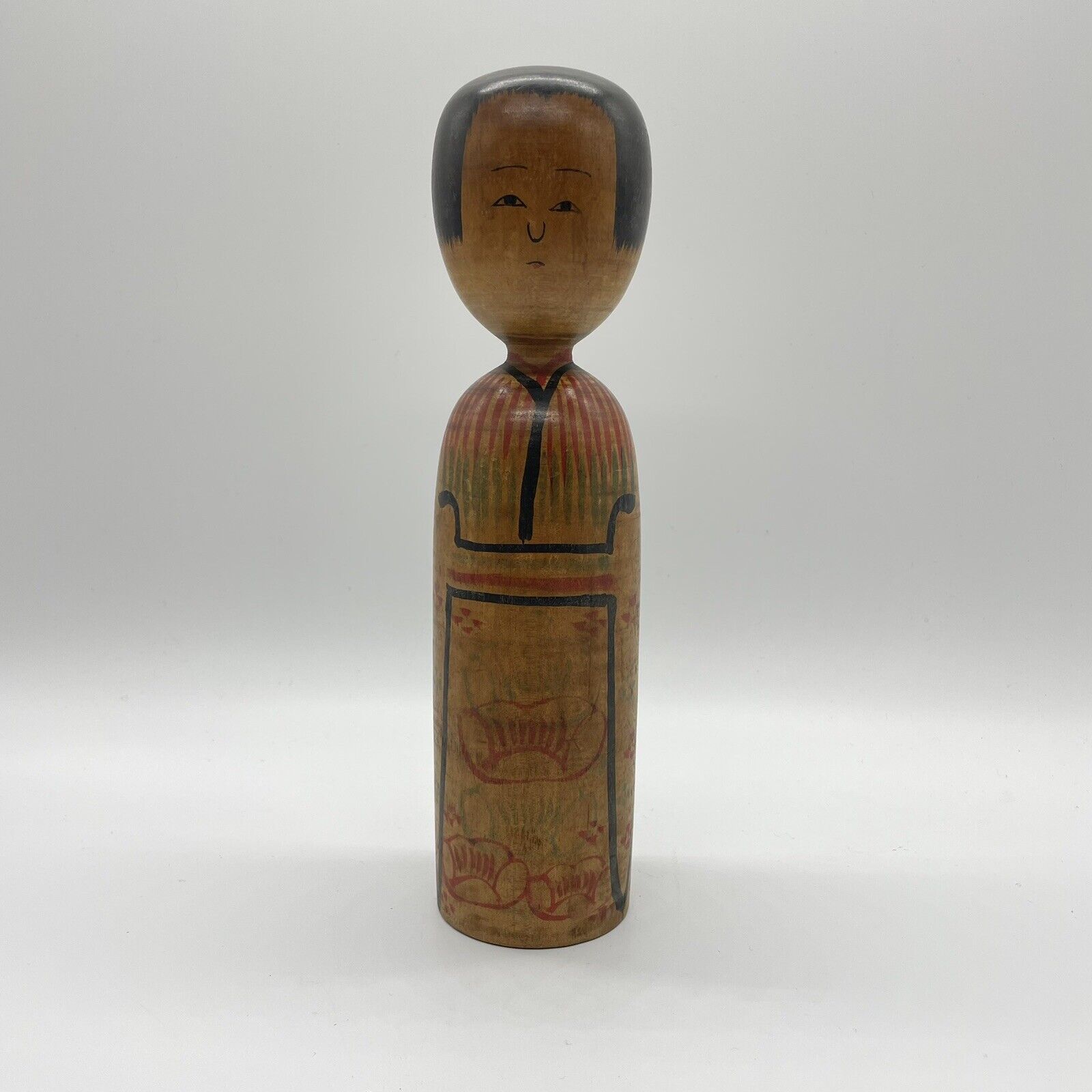
When you click on links to various merchants on this site and make a purchase, this can result in this site earning a commission. Affiliate programs and affiliations include, but are not limited to, the eBay Partner Network.

Very OLD kokeshi japanese wooden doll Signed Unique Face by Kyutaro Ogura:
$75.00
Very OLD kokeshi japanese wooden doll Signed Unique Face by Kyutaro Ogura K127Famous Kokeshi ArtistAbout This Items- Kokeshi hand made byKyutaro Ogura (1906–1998)Very Famous Artist.
There is a lot of fans and collectors for his work.
This Kokeshi is very Old. Made around 19509.85 inch / 25cm TALL
Kyutaro Ogura (1906–1998)Lineage: Kijiyama Master: Kyushiro Ogura Disciples: Koichi Ogura, Toshisuke Ogura Biography: Kyutaro Ogura was born on July 30, 1906, in Kawamukai, Minase Village, Ogachi District, Akita Prefecture, to woodworker Kyushiro Ogura and Kiku. His younger brother was Tomizo, his uncle was Ishizo, and his cousin was Shoji. He attended Inaniwa Elementary School while boarding at the home of his maternal grandfather, Kyunosuke Kurihara. Around the age of 13, during school vacations, he returned to his family's home in Kijiyama and began learning woodturning from his father, Kyushiro. After graduating from school, he worked in the family woodturning business in Kijiyama. In 1920, when his half-brother Tomizo (the eldest son) died young, Kyutaro became the heir and dedicated himself to the family business. At the age of 15, he transported and sold products in places like Suga, Takanosu, Akinomiya, Yunohama, and Oyudani. In 1925, Tamiya Amaguchi visited Kijiyama and observed Kyutaro, then a teenager, making kokeshi dolls on a lathe with blind lathe master Matsukura Araokura. This suggests that Kyutaro had been making kokeshi dolls since then. In 1931, Kyutaro married Miya Koseki, and their first son, Koichi, was born. In July 1932, when Bunsaku Tachibana visited Kijiyama, both Kyushiro and Kyutaro demonstrated two-person lathe turning with Matsukura. A photograph of this demonstration was featured in Kokeshi Zanmai. Although two foot-operated lathes were placed facing the road, it is mentioned that they also used foot-operated techniques before this time. After Kyushiro's death in February 1933, Kyutaro inherited the family business and took over managing the nearby irrigation reservoir, Ketakura Pond, in Minase Village. He was drafted in 1941 and briefly served in an artillery unit in Hirosaki, but he continued the woodturning business in Kijiyama for the rest of his life. Kyutaro's brother Tomizo and his son Koichi also became woodturners, but Kyutaro exclusively painted kokeshi dolls. During the postwar period, the late 1950s saw the prominence of kerosene lamps, and Kyutaro became famous as the "master who makes kokeshi dolls under a lamp" during the popularity of remote locations. Kyutaro was also skilled at hunting bears, and visitors to Kijiyama would see bear skins hanging or laid out in his home. Bear skins were in high demand at inns and sake breweries in Yuzawa and were sold at high prices. He was a hardworking and resilient craftsman who supported his family with a strong sense of responsibility and dignity as the family head. His grandson, Toshisuke, fondly remembers Kyutaro teaching him woodturning with great care. Kyutaro Ogura passed away on March 21, 1998, at the age of Used
About Kokeshi
Kokeshi are traditional Japanese wooden dolls, characterized by their simple yet elegant design. They originated in the Tohoku region of Japan during the Edo period (1603-1868). These dolls are made from wood and typically feature a simple cylindrical body with a rounded head. Here are some key aspects of Kokeshi dolls: Types of KokeshiTraditional Kokeshi (Dento Kokeshi) - These are the original forms of Kokeshi, handcrafted and typically passed down through generations of artisans.
- They are classified into several regional styles, each with its own unique features and patterns, such as Naruko, Tsuchiyu, Yajiro, and others.
- The designs often include hand-painted floral or geometric patterns, and the dolls are usually left unvarnished.
Creative Kokeshi (Shingata Kokeshi) - These emerged after World War II and allow for more artistic freedom.
- Unlike traditional Kokeshi, they are not restricted by regional styles or patterns, leading to a variety of innovative designs and forms.
- They may include more elaborate decorations, different shapes, and varnished style="border: 0px solid rgb(227, 227, 227); box-sizing: border-box; --tw-border-spacing-x: 0; --tw-border-spacing-y: 0; --tw-translate-x: 0; --tw-translate-y: 0; --tw-rotate: 0; --tw-skew-x: 0; --tw-skew-y: 0; --tw-scale-x: 1; --tw-scale-y: 1; --tw-pan-x: ; --tw-pan-y: ; --tw-pinch-zoom: ; --tw-scroll-snap-strictness: proximity; --tw-gradient-from-position: ; --tw-gradient-via-position: ; --tw-gradient-to-position: ; --tw-ordinal: ; --tw-slashed-zero: ; --tw-numeric-figure: ; --tw-numeric-spacing: ; --tw-numeric-fraction: ; --tw-ring-inset: ; --tw-ring-offset-width: 0px; --tw-ring-offset-color: #fff; --tw-ring-color: rgba(69,89,164,.5); --tw-ring-offset-shadow: 0 0 transparent; --tw-ring-shadow: 0 0 transparent; --tw-shadow: 0 0 transparent; --tw-shadow-colored: 0 0 transparent; --tw-blur: ; --tw-brightness: ; --tw-contrast: ; --tw-grayscale: ; --tw-hue-rotate: ; --tw-invert: ; --tw-saturate: ; --tw-sepia: ; --tw-drop-shadow: ; --tw-backdrop-blur: ; --tw-backdrop-brightness: ; --tw-backdrop-contrast: ; --tw-backdrop-grayscale: ; --tw-backdrop-hue-rotate: ; --tw-backdrop-invert: ; --tw-backdrop-opacity: ; --tw-backdrop-saturate: ; --tw-backdrop-sepia: ; --tw-contain-size: ; --tw-contain-layout: ; --tw-contain-paint: ; --tw-contain-style: ; list-style-position: initial; list-style-image: initial; margin: 0px 0px 1.25em; padding: 0px 0px 0px 1.625em;">
- Materials: Made from different types of wood, such as cherry, dogwood, or chestnut, each providing a distinct texture and finish.
- Construction: Traditionally, Kokeshi dolls are lathe-turned and hand-painted. The head is often a separate piece attached to the body.
- Design: Typically, the dolls have no arms or legs. The facial features are simple, often just eyes and a mouth, with minimal detail.
- Sizes: They come in various sizes, from a few inches to over a foot tall.
Cultural Significance- Symbolism: Kokeshi dolls are often associated with protection against evil and are believed to bring good luck. They are sometimes given as gifts for good fortune or to comfort someone who is grieving.
- Craftsmanship: The making of Kokeshi dolls is a respected art form, with many artisans dedicating their lives to perfecting their craft. Each region's style represents its unique cultural heritage.
- Modern Appeal: While rooted in tradition, Kokeshi dolls have seen a resurgence in popularity, appealing to both collectors and those interested in traditional Japanese art and culture.
Collecting Kokeshi- Authenticity: Collectors often seek traditional Kokeshi made by renowned artisans, each piece often signed and dated.
- Value: The value of a Kokeshi doll can vary greatly depending on its age, condition, and the reputation of the artist.
- Display: They are commonly displayed in homes, both as decorative items and as symbols of cultural pride.
Kokeshi dolls embody a blend of simplicity and elegance, making them cherished items in Japanese culture and a fascinating subject for collectors and enthusiasts worldwide. Shipping- We always send the item with a tracking number. So please place an order without any concern on delivery. You can always track the delivery status.
- Shipping is only available to the address registered in . If you want us to send another address, please change your address on and then place an order.
- Shipping is available from Monday to Friday. Weekends are not available because freight (shipping) companies are closed.
- We do not mark merchandise values below value or mark items as ?gifts? ? Japan, US and International government regulations prohibit such behavior.
- If your address is in the remote areas defined by the freight (shipping) company, please pay the additional shipping fees with PayPal.
About Importer's ObligationImport duties, taxes, and charges are not included in the item price or shipping cost. These charges are the buyer's responsibility. Please check with your country's customs office to determine what these additional costs will be prior to offerding or buying. Thank you for your understanding.

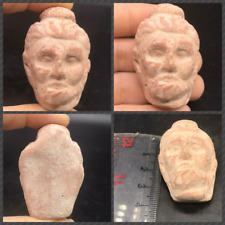
Ghandhara Civiliztion Very Old Antique Clay Terracotta Budhha Head Statue $99.99
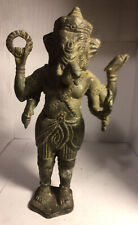
bronze Ganesh very old 9” statue 2.6 lb $275.00
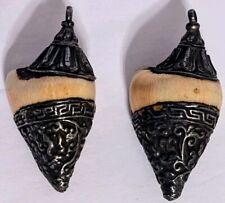
TWO Very Old Tibetan Temple Silver Dipped Conch Shell Pendants Hand Carved $175.00
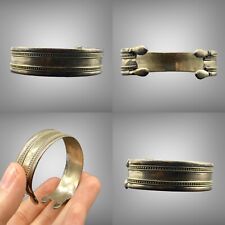
Very old ancient Roman solid silver bracelet from 300Ad $220.00
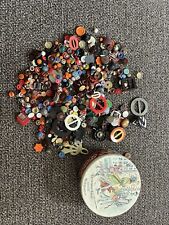
Vintage Tin of Antique Buttons Very Old $50.00
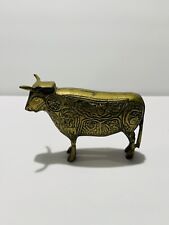
Rare Brass Bull Cow Hand Carved on Both Sides Very Old 4” Tall 5” Long Ornate $21.99
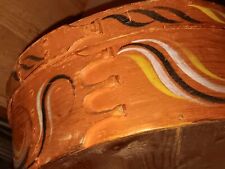
Handmade Very Old Antique Round Wooden Box Hand Painted Art Works $95.99
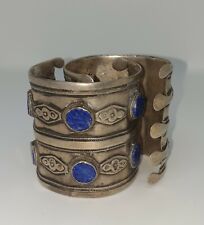
A Very Beautiful Pair of Old 925 Silver Bengals Aged 100 to 150 Years old $380.00
|